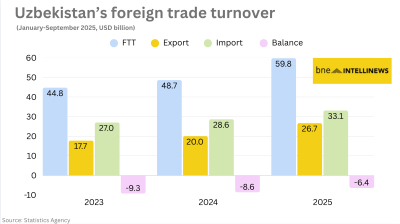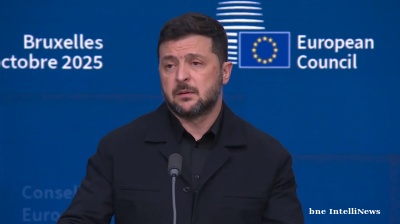Russian manufacturing activity continued to contract in August, although at a slower pace, as persistent weakness in demand weighed on output and new orders, according to the latest Purchasing Managers’ Index (PMI) data published by S&P Global on August 30. (chart)
The headline seasonally adjusted PMI rose to 48.7 in August, up from 47.0 in July, indicating a third consecutive month of deterioration in operating conditions. While remaining below the neutral 50.0 threshold, the decline was the softest in the current downturn sequence.
“Manufacturers often noted that lower output was due to weak demand conditions and a reduction in new orders,” S&P Global said, adding that while the contraction in production was solid, it had eased from the previous month.
New orders fell for a third straight month, with respondents frequently citing “financial difficulties at customers” as a key factor. Export sales also declined for the fifth time in the past six months, amid what S&P Global described as “muted demand from clients in existing markets”.
Despite the overall downturn, some indicators pointed to emerging resilience. Firms resumed hiring in August, with employment growth reaching its fastest pace since July 2024, albeit described as “only marginal overall”. According to S&P Global, “historically elevated levels of optimism and efforts to extend work shift patterns reportedly drove a renewed round of job creation.”
Expectations for output over the coming year improved slightly, with some firms planning new product launches and advertising investment. However, sentiment remained subdued, standing at the second-lowest level since October 2022.
On the pricing front, cost pressures continued to ease. “Favourable exchange rate movements and lower demand for inputs softened cost pressures,” S&P Global reported. Input price inflation slowed to its weakest since February 2009. Concurrently, output charges were cut for the first time in almost three years, marking the steepest decline since July 2022, as firms sought to stimulate sales.
Manufacturers also reduced purchasing activity and depleted their stocks of inputs, while inventories of finished goods rose for a second consecutive month due to excess production.
Data
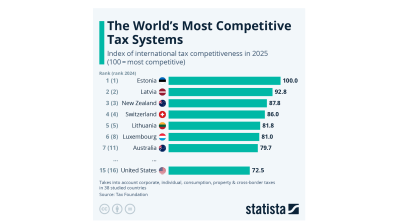
Estonia has the world’s most competitive tax systems for the 11th year in a row – STATISTA
The Tax Foundation has released its International Tax Competitiveness Index which highlights the most competitive tax rates in different countries around the world. For the 11th consecutive year, Estonia had the highest score in the index.
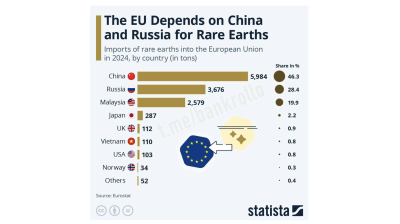
EU rare earth supply dominated by China and Russia - Eurostat
The European Union remains heavily dependent on China and Russia for rare earth imports, with nearly three-quarters of its supply sourced from the two countries in 2024, according to data published by Eurostat and reported by Statista.
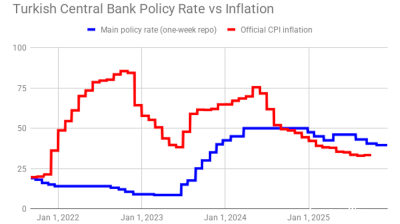
Turkey's central bank remains cautious, delivers 100bp rate cut
Decision comes on eve of next hearing in trial that could dislodge leadership of opposition CHP party.

Polish retail sales return to solid growth in September
Polish retail sales grew 6.4% year on year in constant prices in September, picking up from a 3.1% y/y rise in August, the statistics office GUS said.
